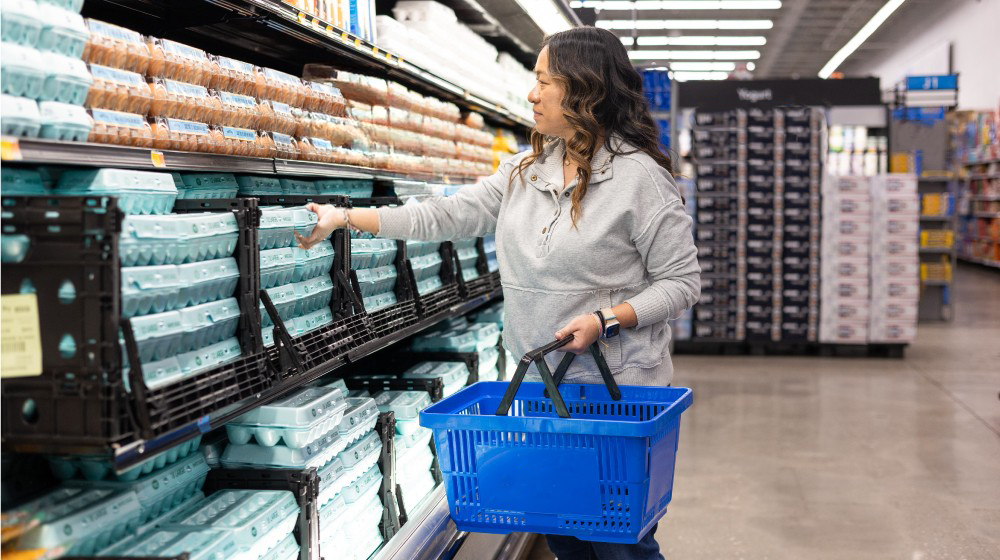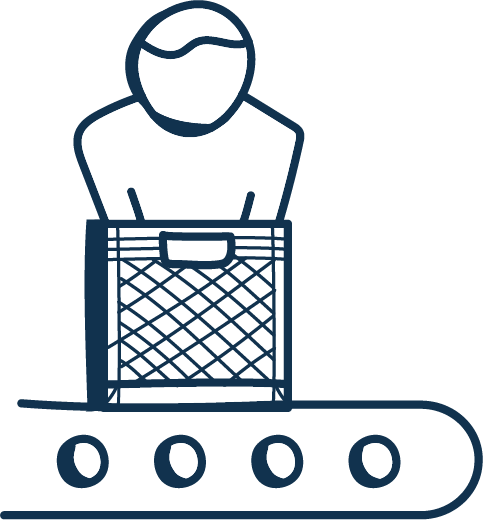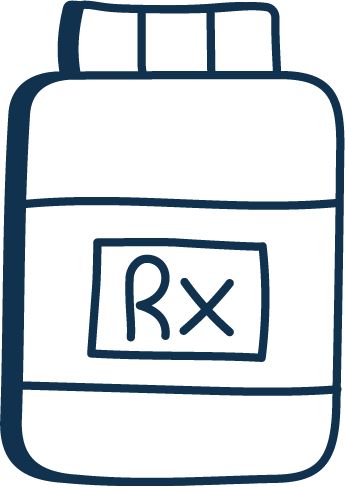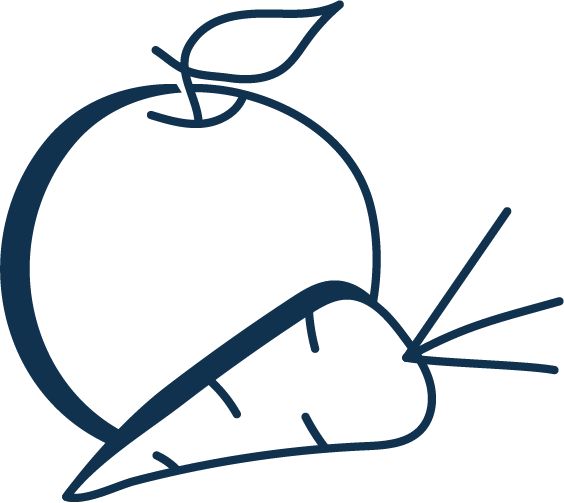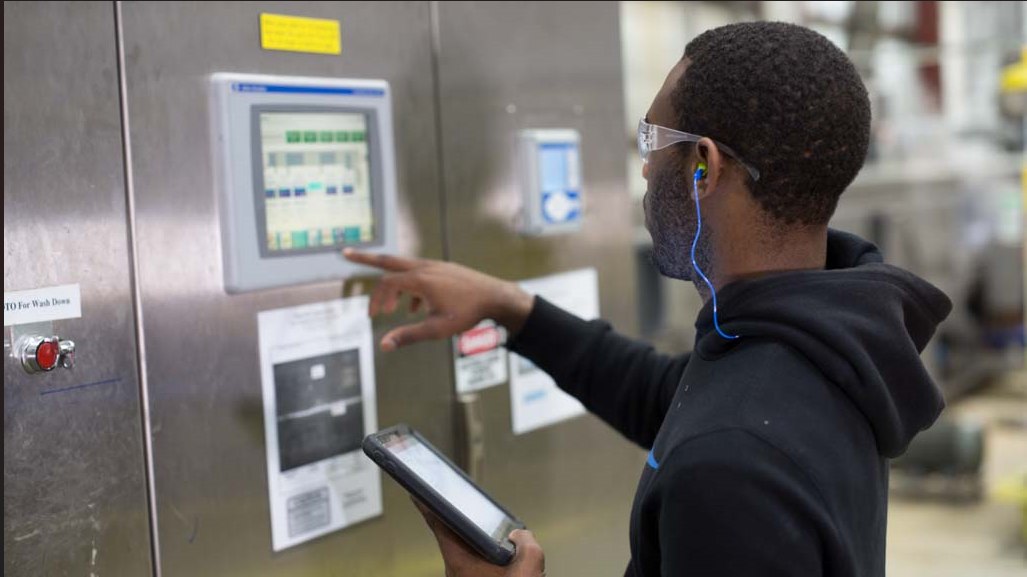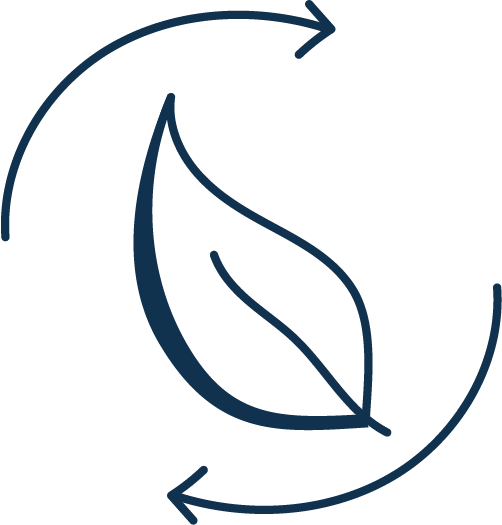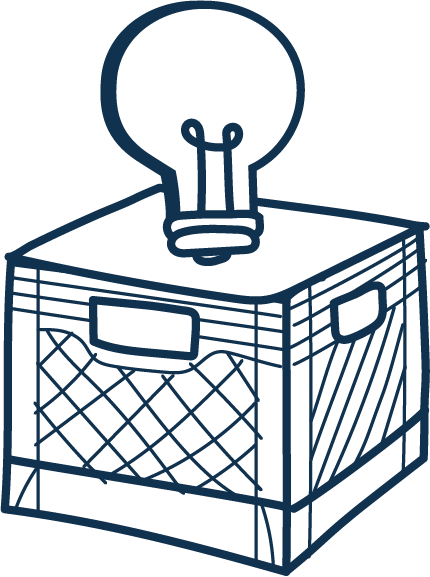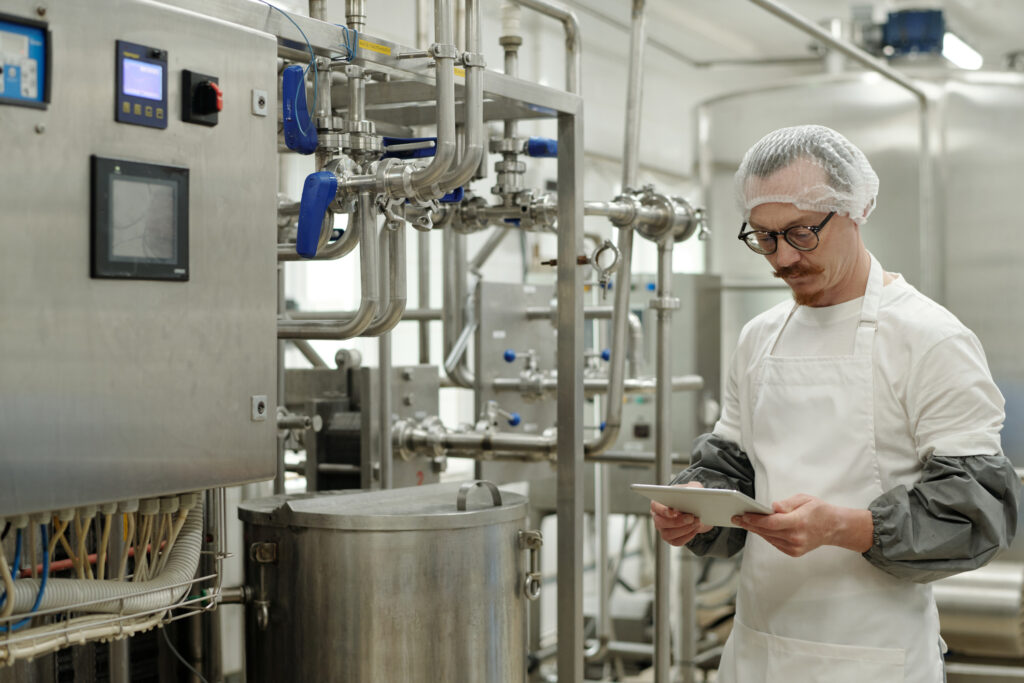Protecting food safety in the perishable supply chain
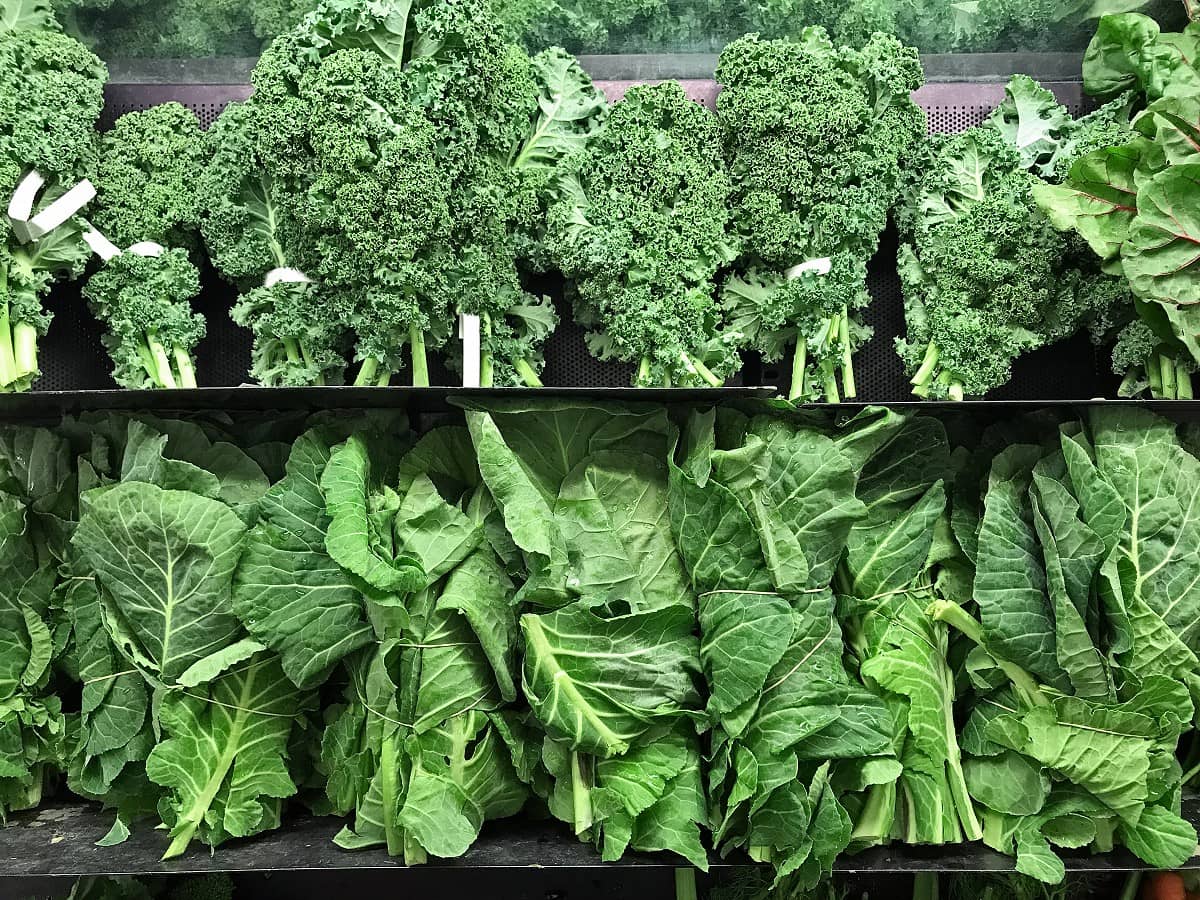
In this article
The perishable supply chain is an incredibly complex process – and food safety is important in each and every step along the journey. Building a system that prevents foodborne illnesses rather than merely responding to them is an important and heavy responsibility shared by all stakeholders in the supply chain.
Consumers also know that illness prevention is critical. Food that is “free from harmful elements” was a top priority for 62 percent of consumers according to a survey by Deloitte Consulting, the Food Marketing Institute and the Grocery Manufacturers Association, Food Safety News reports.
Consumers also said they want “clear and accurate” labeling (51 percent), and clear information on ingredients and where they come from (47 percent). The survey results speak to consumers’ growing awareness of — and concern over — just where certain ingredients in their foods come from. And retailers are responding – in fact, Walmart has required all of their suppliers of leafy green vegetables to upload tracking data into their blockchain by 2019. This innovation will make it easier for Walmart to trace the source of foodborne illnesses – which will no doubt alleviate some food safety concerns from consumers.
Regulations (and responsibilities) have changed
Regulators and the food industry have both long known — and acknowledged — that food safety regulations needed updating. The last time the federal government issued food safety regulations was back in 1930. And although many companies have voluntarily been following best practices in food safety, everyone recognized the value in having those standards formalized through regulations.
Enter the Food Safety Modernization Act. Some significant provisions of the act went into effect in September 2016. According to the FDA, the act has five key elements:
#1: Prevention – Rather than focusing on detection of and response to food safety issues, as was the FDA’s focus in the past, the administration is now required to take steps to help prevent safety problems.
#2: Inspection/compliance – The FDA will be responsible for conducting inspections to ensure industry players are compliant with the act.
#3: Import safety – Anyone importing food into the U.S. will have to prove they have preventive controls in place to ensure food safety, and the FDA will be able to commission third-party auditors to verify that compliance.
#4: Greater recall authority – Until now, the FDA could only ask for a food recall, although most stakeholders have voluntarily recalled product when asked to. Now, the FDA can order a recall.
#5: Better cooperation – The regulations require the FDA to help promote greater collaboration among federal, state and local food safety agencies and officials.
Preventing illness is everyone’s job – including ours
Because food packaging plays an important role in moving product efficiently and safely through the supply chain, we’ve made food safety a priority even though reusable packaging is not directly regulated by the Food Safety Modernization Act. Tosca’s Food Safety Management System evaluates hazards and mitigates risk applicable to the servicing of reusable packaging. Our Food Safety Management team uses five hundred and sixty-four process documents — yep, you read that correctly – to outline each step, from initial receiving of the RPCs to shipment. Managing our RPCs to the highest food safety standards is a core component of our business to facilitate an efficient, sustainable supply chain.
How we’ve made it our business
Supplying the highest level of food safety requires best practices. As an integral part of the food supply chain, we’ve proactively adopted the following Global Food Safety Initiative (GFSI) compliant schemes at each of our facilities from the International Organization of Standardization (ISO):
ISO/TS 22002-4: Prerequisite programmes on food safety — Part 4: Food packaging manufacturing
• A robust collection of prerequisite programs to assist in controlling food safety hazards in the manufacture or servicing of food packaging.
• Outlines standards and practices for sanitation; environmental monitoring; food defense.
ISO 22000: 2005 Food Safety Management Systems
• Specifies the requirements for a food safety management system to ensure food safety along the entire supply chain to the point of final consumption.
From farm to table (and everywhere in between), each link in the supply chain has a responsibility to ensure the absolute highest standards of food safety, and we’re committed to doing our part with our reusable plastic containers. To see how Reusable Plastic Containers (RPCs) will help you accomplish your food safety efforts, get in touch.
To learn more about the benefits of reusable plastic containers, click here.






